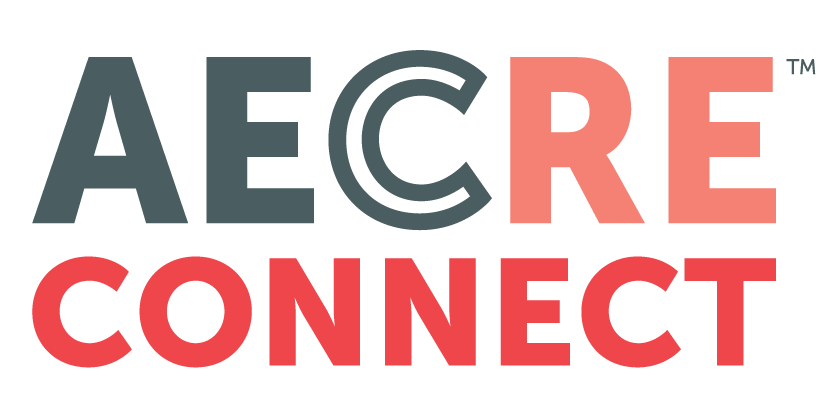Time for a short rant. There are two things I am writing about this week. The first is the unbelievably callous lack of a follow-up to the CARES Act after much of it expired in August. This was done by those politicians in both the house and senate who thought that politics was more important than the pain that those who were forced out of work by the shutdown had to endure. Those politicians played politics while many Americans burned. Now that the last of the CARES Act benefits are about to run out and those who need the help the most could otherwise be left destitute, Congress will probably pass a bill this week. And, boy, are they taking credit for it.
The bill will not deal with the deep hole that many in the service industry (most with below median incomes and little savings) find themselves in at the moment. But, at least what is proposed will deal with the scheduled end of the eviction moratorium, pandemic unemployment assistance (PUA) and pandemic emergency unemployment compensation (PEUC) as well as extending normal unemployment benefits. It’s a start. But, those who owe months of back rent, car payments and credit card payments due to COVID related layoffs will need more help. Any program must be designed to make sure that only those who really are in trouble get help. Otherwise, a $908 billion program will end up being much larger and much of the additional funding would be wasted on those who really don’t need it. And what is so annoying is seeing those same politicians take credit for saving those who they threw under the bus. It reminds me of the Yiddish word Chutzpah. The definition (audacity, nerve, gall) is usually explained by the example of a child who kills his parents and then throws himself on the mercy of the court because he’s an orphan. That pretty well sums it up here.
The second thing I want to discuss is a much tougher call. That’s the return to the March playbook that involved the shutdowns and lockdowns of the economy in many areas of the country. On the surface of it, this is a tough question. It should not be about those who ignore common sense and are still drawn to crowds or take chances that are irrational. It should be about hospital capacity. But, even here, upon closer examination, it is not as close a call as it initially seems.
This seems true for several reasons. The first is the ripple effects on parts of the economy that will be forced to close. It is not only the businesses that will be directly affected that get hurt. It’s also about the ripple effects on the suppliers to those businesses directly affected and those businesses where the employees of the companies directly and indirectly affected spend their money. So, the economic effect is much greater than generally advertised. A large number of small, medium and big businesses (and their owners and employees) were destroyed by the lockdown. Many will never reopen. Another lockdown can only make the situation worse. There are also unseen and unintended costs that must be factored in. We have previously discussed the effects on those who didn’t receive regular medical care and treatment due to how the medical system reacted to COVID-19. Those studies showed that the life-years lost due to the lack of treatment was a multiple of the life-years saved by those who were treated for COVID-19 in the hospital system. We discussed studies related to suicide due to the pain of isolation. There was an increase in drug and alcohol abuse when rehab centers were closed. There were women and children forced to say at home with abusers. There is a psychological effect on those who lost their jobs and can’t find another one. There is financial and psychological pressure on those who can’t support their families and find themselves in unfathomable debt after several months of not being able to keep up with payments in an environment of little or no income. There was an inability of many to return to work because their kids could not go to school. And there is now a generation of kids who missed an important year of school. The damage will be real and long lasting on both sides of the question. Additional shutdowns and lockdowns are a double-edged sword. And the sharpest edge of the sword is probably being ignored.
U.S. Snapshot:
• Total nonfarm payroll employment rose by 245,000 in November. This was well below expectations. With COVID-19 cases spreading and more lockdowns on the way, employment will probably take another hit in January. In fact, the first quarter of 2021 could show another dip in economic activity. As discussed last week, this is now all transitory since the arrival of the high efficacy vaccines for COVID-19 should end the pandemic in the U.S. by sometime next summer. The big gains were in Trade, Professional and Business Services, Educational and Health Services and Leisure and Hospitality.
• The unemployment rate fell slightly to 6.7% in November. But, this was due to a 400,000 person decline in the labor force. Indeed, the labor force participation rate is now the lowest in 70 years. Some people have permanently dropped out of the labor force. But, many, if not most, will reenter when the economy reopens and jobs become more plentiful, schools fully reopen and those over 65 can again lead a more normal life. • The ISM’s manufacturing index declined from 59.3 in October to 57.5 in November. But, keep a few things in mind. Any reading above 50 suggests and expansion in the manufacturing sector. And over the next year, inventories will need to be replenished. That should help both the index and real GDP growth over that period.
• The ISM’s service index fell slightly in November to 55.9 from 56.6 in October. This reading indicates the services sector grew for the sixth consecutive month after two months of contraction. The sector had grown for 122 consecutive months before the COVID-19 induced shutdowns.
• Black Friday in brick and mortar stores became Bleak Friday. But, while sales dropped 20% in stores and foot traffic was down more than 50%, online sales increase more than 20%. • Initial claims for unemployment insurance fell to 712,000 from a revised 787,000 the previous week. The decline is surprising and is probably related to data issues. Even so, initial claims are 245.6% above year earlier levels. • Construction spending rose 3.7% over year earlier levels in October. It was also up 1.3% for the month
Arizona Snapshot:
• Initial claims for unemployment insurance fell in the state but remain 120.4% above year earlier levels. It will get worse before it gets better.
• Total air traffic at Sky harbor in October was down 51.4% from a year ago. This is up from a decline of 54.3% in September and as much as a decline of 92.9% in April. October was the sixth consecutive month of improvement in that the decline each month in percentage terms has diminished.
• According to the Cromford Report, active listings in Greater Phoenix in November declined slightly to 13,599. This is still 26.3% below year earlier levels and shows that the shortage of existing homes for sale is still a problem. Resales were 29.1% above year earlier numbers. Median sales prices were up a whopping 17.4% from a year ago to $330,000. Days on market fell to 38.4 from 55.2 a year ago.



